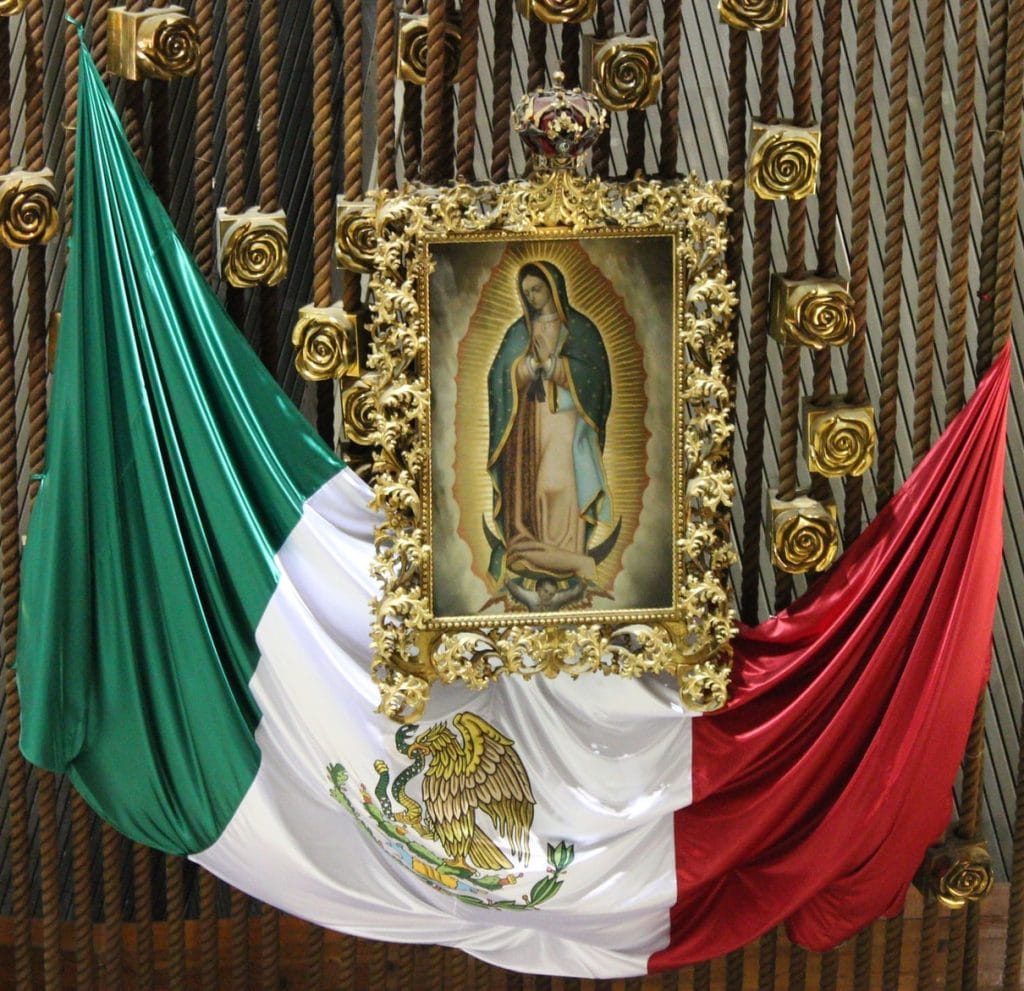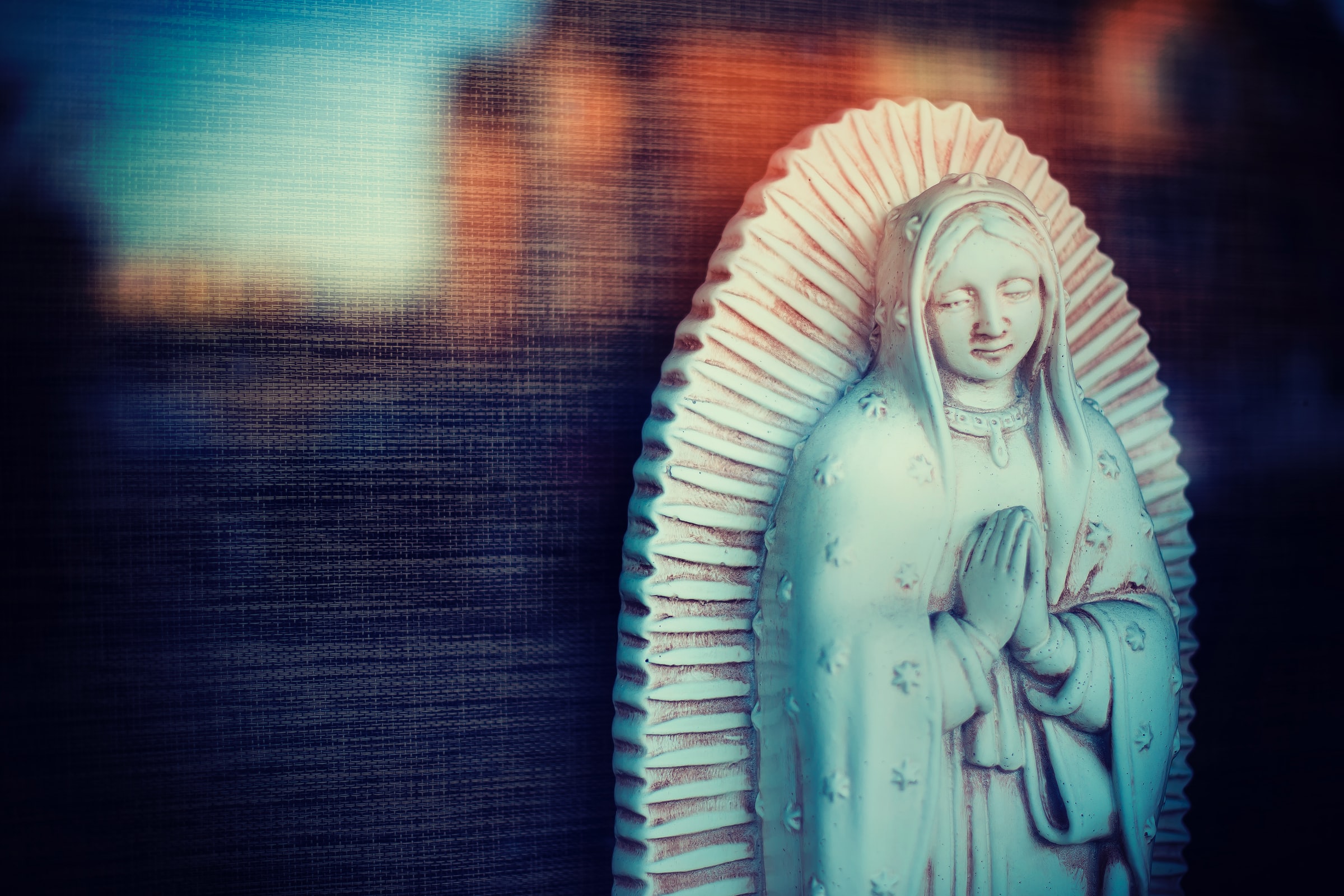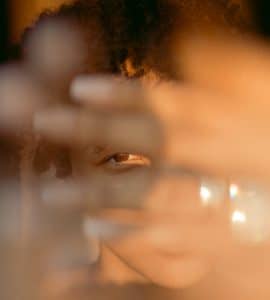If you have been in many Catholic churches in your lifetime, you have likely seen representations of Mary, the mother of Jesus, like the one above. It is also likely that you have seen that image on everything from car air fresheners that hang from one’s rearview mirror to full back tattoos of gang members. Why is this? Because the image is of the Our Lady of Guadalupe, and she serves a symbol for hope for all.
The account of Our Lady of Guadalupe begins with an average Indian peasant born in 1474 in Cuauhtitlan, Mexico named Juan Diego. After the conquistadors invaded the region between 1519-1525, Catholic missionaries forced locals to convert to Christianity. The natives were known for worshiping fertility gods and other idols, and the church wanted to dissuade such activity, by force if necessary. Given that the natives had their own religious practices, they often found ways of masking the fact that they were still worshiping their old gods by calling them names of the Catholic Saints. Combating this intellectual practice was a challenge for the Catholic religious authorities of the day.

So within these circumstances, it is said that the Virgin Mary appeared to Juan Diego, an indigenous man with zero ecclesiastical status but a firm interest in learning about God. Supposedly, she appeared four times over the course of three days on the Hill of Tepeyac, a suburb of Mexico city, and spoke in Diego’s native Nahuatl language (the language of the Aztec Empire). She claimed that she was “mother of the very true deity,” and she requested that a church be built at the site in her honor.
After the event, Diego faithfully sought out the archbishop of Mexico City to tell him of the apparition. The archbishop didn’t believe Diego, likely thinking that this was simply another native attempt to worship a fertility goddess. After he was dismissed, it is said that Mary appeared to Diego again and encouraged him to keep persisting.
As such, Diego returned to the archbishop, who likely wasn’t happy with Diego and thought to end the issue with a simple request. He asked Diego to return to Tepeyac Hill and request a miraculous sign from the apparition to prove her identity. That same day, Diego did as the archbishop requested, and Mary consented to provide a sign the next day.
Unfortunately, when the next day came, Diego’s uncle became very ill. In seeking to care for him, he missed the appointment with Mary. Feeling shameful, but seeking a priest to administer confession to his uncle and potentially last rights, Diego avoided Tepeyac Hill, hoping to avoid the apparition. But Mary intercepted him and famously said “¿No estoy yo aquí quien soy tu madre?” She then informed Diego that she had healed his uncle.
Next, she instructed Diego to gather flowers from the top of Tepeyac Hill. When he did this, he found Castilian roses, not native to Mexico, in bloom. Mary then is said to have arranged the flowers in Diego’s tilma (his cloak). When he went back to the archbishop and opened his cloak, the flowers fell to the ground, and what remained was the image of Our Lady of Guadalupe. The next day, Diego found his uncle to be in full health and very astonished, reporting that Mary had visited him as well.
The next time you see an image of Our Lady of Guadalupe on a rearview mirror or tattooed on someone’s back, remember that it serves as a celebration of the fact and hope that, no matter one’s situation or background, God loves you and is seeking you out.
Because of the miraculous appearance, Diego immediately gained ecclesiastical status in the Catholic Church. He would later be canonized in 2002 under the name Saint Juan Diego Cuauhtlatoatzin.
As it pertains to accounts of apparitions of Mary and Jesus throughout the world (and there are many), a common thread is found that is present in the Our Lady of Guadalupe story. A commoner, usually with little status in the institutional church but still an openness to faith, is chosen by God or one of God’s representatives. Then, through a revelatory act, he or she is provided evidence that the disenfranchised are important, loved, and chosen by God. Even if they turn away, like Diego did (in his case, for seemingly understandable reasons), God continues to pursue them in love.
So the next time you see an image of Our Lady of Guadalupe on a rearview mirror or tattooed on someone’s back, remember that it serves as a celebration of the fact and hope that, no matter one’s situation or background, God loves you and is seeking you out.
Reality Changing Observations:
1. Why do you think God chooses disenfranchised people to represent God?
2. How do you think that the account of Our Lady of Guadalupe should inform clergy behavior?
3. When we sacrifice our plans for those of God, what do we risk and what do we gain?





